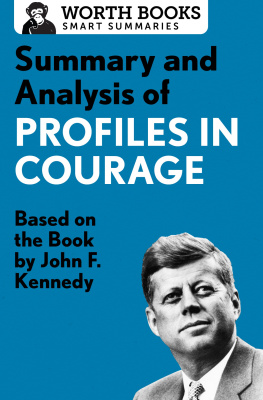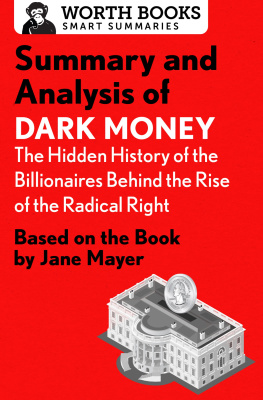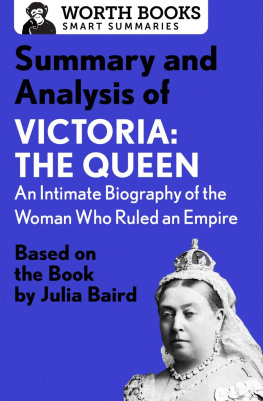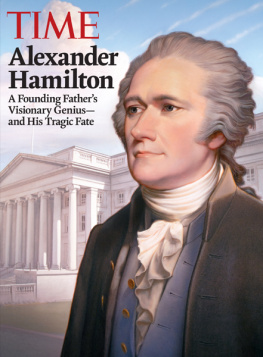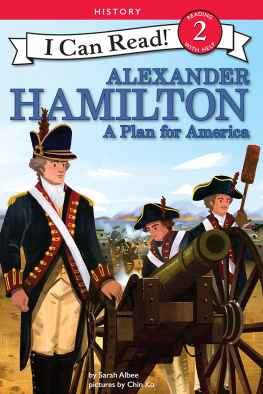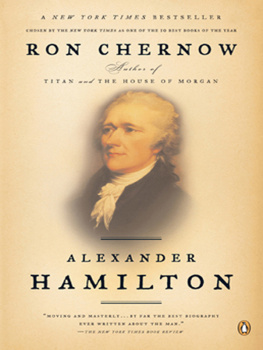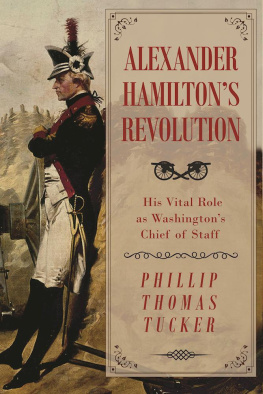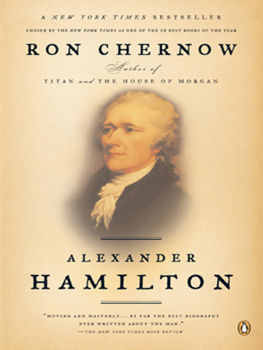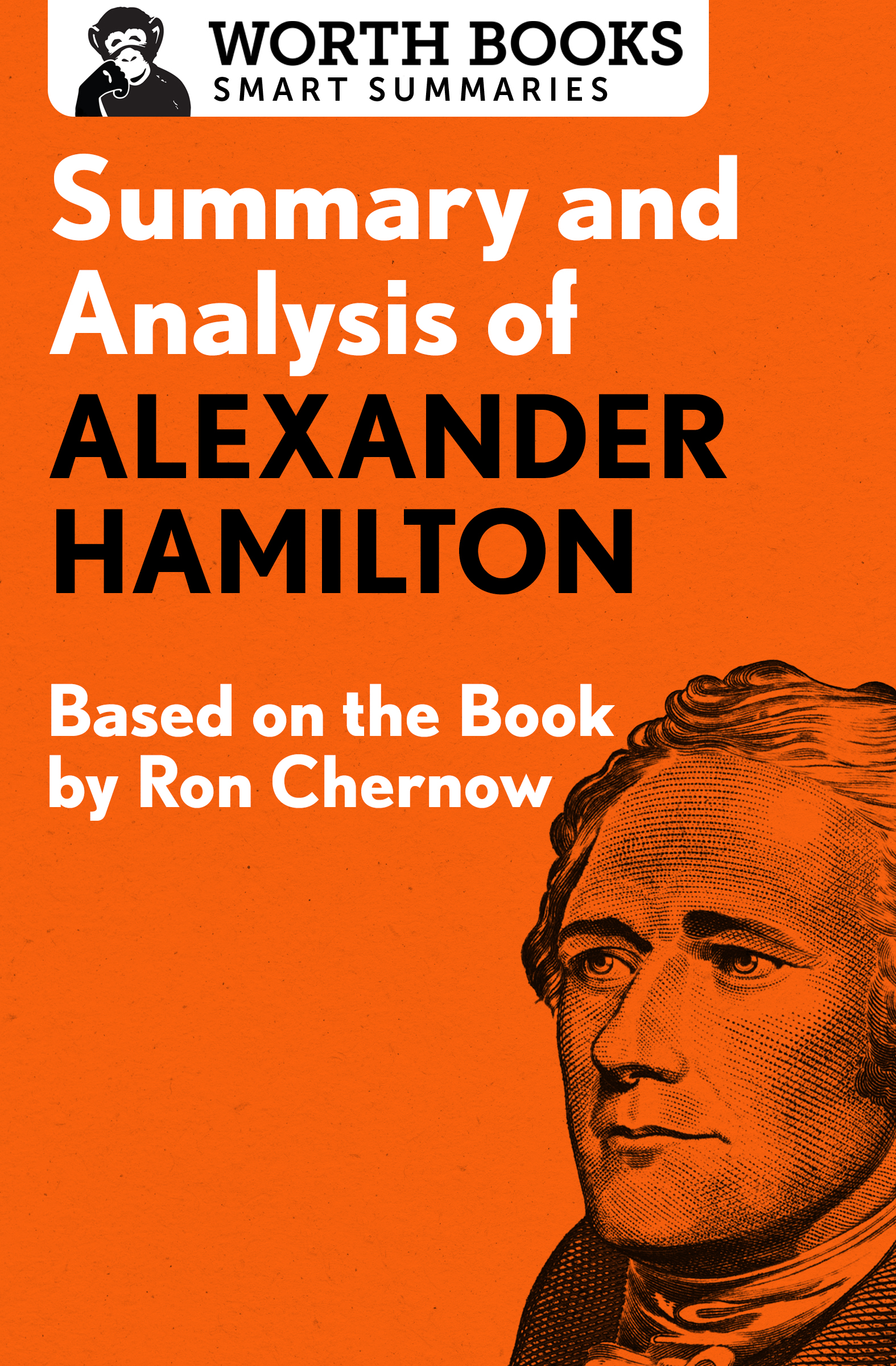Summary and Analysis of
Alexander Hamilton
by Ron Chernow

Contents
Context
Ron Chernow was already a widely respected historian and biographer, having explored the lives of important figures in politics and business, including George Washington, J. P. Morgan, the Warburgs, and John D. Rockefeller, so it is no surprise that Alexander Hamilton landed on the New York Times hardcover nonfiction bestseller list in May 2004, weeks after it was published.
George W. Bush was president, and less than three years had passed since the September 11 terrorist attacks in New York and Pennsylvania. Interest in Hamilton may have been spurred, in part, by a fresh controversy buzzing around his chief political rival, Thomas Jefferson, which began in the late 1990s. In 1997, Thomas Jefferson and Sally Hemings: An American Controversy by Annette Gordon-Reed was published. This work explored the longstanding rumor that Jefferson had fathered children with his slave Sally Hemings; a subsequent DNA analysis confirmed that he had. Among its many effects, this revelation provoked a reexamination of the founding fathers. Because Hamilton was in so many ways the antithesis of Jeffersonself-made, antislavery, pro-cityhe was poised to attract new attention.
Though not an absolute dearth of biographies on Alexander Hamiltonthere was Richard Brookhisers Alexander Hamilton, American (1999), Willard Sterne Randalls Alexander Hamilton: A Life (2003), and some othersthe time was right for Ron Chernow to turn his eye to Hamilton and tell this story.
In a 2013 interview with Biographers International Organization, Chernow spoke of hearing fans at a lecture shout out names of possible subjects for the book hed write after Titan: The Life of John D. Rockefeller Sr.: Alexander Hamilton was the perfect transitional figure for my next book, because there would be financial history galore while also opening up vast new subjects for study: military history, constitutional law, foreign policy, and dozens of other topics.
When Charlie Rose asked, in 2016, about the origins of this biography, Chernow said, Hamilton was the neglected and misunderstood founding father. Having been impressed by the dramatic arc of Alexander Hamiltons lifefrom his humble and tragic beginnings in St. Croix to his great achievements as a soldier, administrator, economic and foreign policy theorist, lawyer, writer, and entrepreneurChernow turned his focus to this work of tremendous scholarship.
Though almost anyone can appreciate a good pulling ones self up by their own bootstraps story, Hamiltons foresight and business prowess are of particular interest to readers today who are concerned with interpretations of the Constitution, the state of the US banking industry, the power of Wall Street, and global economics.
The Impact on Culture and Currency
The indelible mark Alexander Hamilton has left on culture owes some acknowledgment to Lin-Manuel Miranda.
Ron Chernows dramatic only-in-America biography of Alexander Hamilton caught the eye of the acclaimed playwright Lin-Manuel Miranda. In consultation with Chernow, Miranda crafted a genre-breaking musical drama based on Hamiltons life that cast predominately minority actors and featured songs in hip-hop verse. The musical has been a critical and popular smash, and has effectively elevated Hamilton to Americas most popular founding father, and helped to bring Ron Chernows study to the top of the New York Times paperback bestseller list in 2015.
And what of the ten-dollar bill? John Trumbulls portrait of Alexander Hamiltons has graced the front (obverse) side of the $10 bill since 1861, but in 2015, Treasury Secretary Jack Lew made an announcement: the new $10 bill will be the first bill in more than a century to feature the portrait of a woman. To go into circulation in time for the 100th anniversary of women having the right to vote, the new design would feature Alexander Hamilton and the female finalist, Harriet Tubman.
Though mainly applauded from coast to coast, this initiative was not without controversy. Many suggested that replacing Andrew Jackson on the $20 would be a greater expression of justice, since he was a known slaveholder, responsible for the Indian Removal Act.
Could the super-fans dedicated to all things Hamilton, including Ron Chernows remarkable study of a great American leader, have had an influence on Lews final 2016 decision? According to Politico, While he explained that Hamilton was on the chopping block as a matter of practicalitythe $10 bill was the next one up for a redesignLew still got an earful from fans of Hamilton, who helped create the Treasury Department and the modern American financial system.
Alexander Hamilton will remain on the $10 bill, and the rest is history.
Overview
Above all, Alexander Hamilton is an attempt to correct the record. Of all the founding fathers of the United States, Hamilton is probably the least familiar to most Americans. There are no legends about his involvement with a cherry tree, or commemorations of his lofty remarks on human liberty every July.
To those who are more familiar with Hamilton, the associations are usually mildly impressive at best, and negative at worst. In the popular imagination, hes typically recalled as either a creator of the Bank of New York, a symbol of central government overreach, or a foil to Thomas Jefferson. As Ron Chernow explains, Hamilton seems trapped in a crude historical cartoon that pits Jeffersonian democracy against Hamiltonian aristocracy.
And yet Hamilton had a starring role in every major event in early US history, from the Revolutionary War through the second Jefferson presidency. Far from being a secondary character, Hamilton was a bona fide crafter of the republic. His positions were so nuancedhe fought the British courageously in the Revolutionary War, yet defended Loyalists in his law practice after it ended, for exampleany stock characterization crumbles under scrutiny.
Thats what Alexander Hamilton isa reexamination of conventional wisdom. Beginning with an archives-spanning investigation of Hamiltons controversial origins, the book takes an immersive look at the man who authored The Federalist Papers , fought in the Revolutionary War, crafted the nations financial system, served as George Washingtons right-hand man, and much, much more.
His story begins under circumstances inconceivable to the other founding fathershighborn men with lineages to be boasted about at lavish dinner parties. Though Hamiltons father, James, was born in Scotland to a noble family, by the time he met Hamiltons mother, his prospects as a West Indian merchant had likely evaporated. Stuck on the island of St. Kitts, he met Rachel Faucette Lavien, who had also experienced a marked decline in fortune. Even more burdensome, she had been married before. Her vengeful husband would not give her a divorcecommon for the timeso she took matters into her own handsuncommon for the timeand escaped from her household. As a result, Alexander and his brother, James, were considered illegitimate. If that wasnt enough, by the time Hamilton was a teenager, his father had left the family and his mother had died. Not the likeliest of beginnings for a bitter adversary of presidents two through five.
This background doesnt only humanize this giant of the republic; it helps explain his life. Hamilton was an insecure striver who spent his adulthood making up for the deprivations he felt so unworthy of in his youth. His reckless military bravado, constant political battles, founding of the Bank of the United States, running a high-powered legal practice, holding disdain for slaveryall of this can be traced back to his early days.



